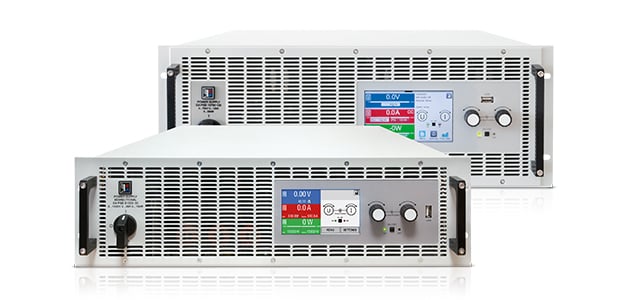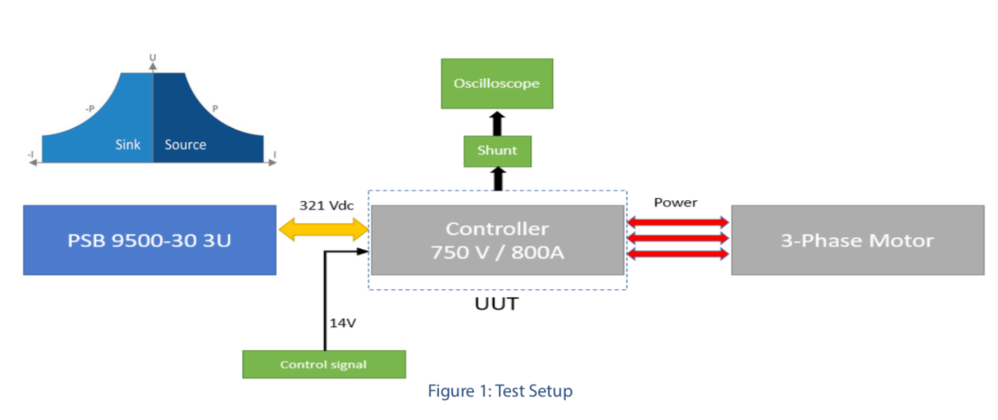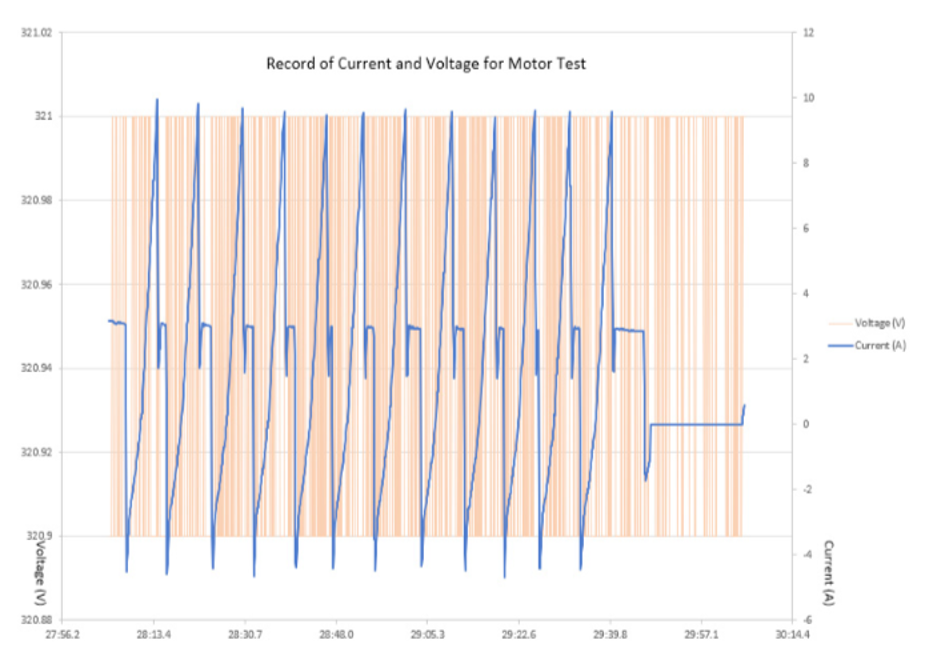Bidirectional Supplies Source and Sink Power

Many test applications require systems that both provide power and consume power. One of the most common applications for this type of functionality is battery testing. When testing batteries, you must both charge and discharge them, meaning that at some point during the test, you must supply power to the battery under test, and at other times, you must sink power from the battery.
Traditionally, you would use two units to do this: a programmable power supply and an electronic load. Now, however, you can purchase “bidirectional” power supplies that combine the functions of a programmable power supply and an electronic load into a single unit. The EA Series PSB 10000 programmable bidirectional power supplies are a good example of this type of unit. By combining both power supply and electronic load functionality into a single unit, EA bidirectional power supplies save weight and space and reduce test programming time.
Enabling e-mobility
Electric motor testing is a critical part of bringing any electric vehicle into production. Traditional test setups require a dedicated DC source and load in parallel to deal with bi-directional energy flow. This can require a complex test setup to coordinate energy flow and to avoid damaging expensive test equipment. Using a Series PSB 9000 bidirectional DC source and electronic load, as shown in Figure 1, simplifies the test setup, avoids catastrophic damage and decreases test times. In addition, the Series PSB 9000’s electronic load can feed recovered energy back into the grid, saving power costs.

In this case, the unit under test is a motor controller and a three-phase electric motor with a maximum of 6,000 rpm CW and CCW at no load. For this test, the power supply must supply 10 A at 321 VDC.
The first step in the test is to command the electric motor to run in the clockwise direction at 6,000 rpm. During this portion of the test, the power supply must supply up to 10 ADC, as shown in Figure 2.
After approximately 100msec, the test controller turns voltage to the motor OFF and the PSB 9000 switches from source mode to sink mode. current The maximum reverse current is about -5 ADC.
Voltage is then re-applied and the motor spins back up to 6,000 rpm and draws current of 10 ADC. This cycle is repeated thousands of times, while the test system monitors the voltages and currents. As shown in Figure 2, as the Series PSB 9000 sources and sinks power, it maintains the voltage to the motor controller at 320.9 VDC, even during the transition of positive to negative current flow.

One benefit of using the Series PSB 9000 for this test is its ability to recycle the energy that the load recovers back to the grid. The Series PSB 9000 can do this at approximately 95% efficiency. This results in operational energy cost savings and since the unit only dissipates 5% of the energy in the form of heat. This not only saves energy costs, but reduces system costs because very little heat needs to be dissipated. No expensive cooling system is required as it would be for a conventional electronic load.
Bidirectional power supplies can be used for many other test applications as well. In addition to EV motors, you can use a bidirectional power supply to perform:
- Charge/discharge tests and life cycle test of electric vehicle power components, such as bidirectional on-board chargers (BOBC), bidirectional DC convertors.
- Pre-compliance testing high-voltage automotive components in accordance with LV123 and LV 148. German original equipment manufacturers (OEMs) must comply with LV 123, notably BMW, AUDI, Daimler, Porsche and Volkswagen. LV 148 is the standard for testing components used in vehicles with a 48 VDC electrical system.
- Battery simulation in microgrid applications. In this application, a bidirectional power supply would supply power as a battery would when called on to do so and sink power to simulate a battery charging.
For additional information on bi-directional power supplies, visit our product page.
Contact our team for more information or to request a quote on the EA 10000 series power supplies or electronic load test equipment.


